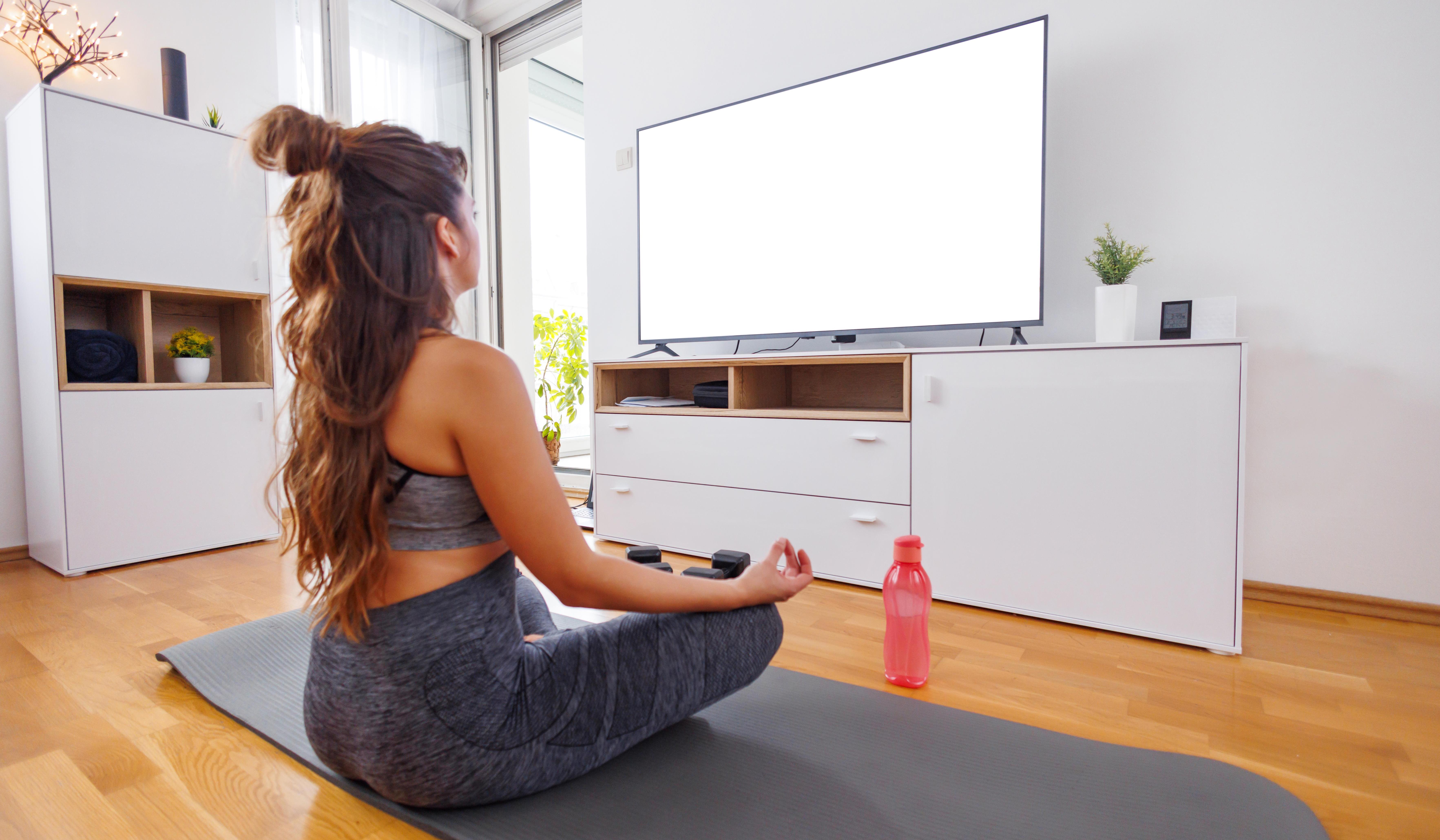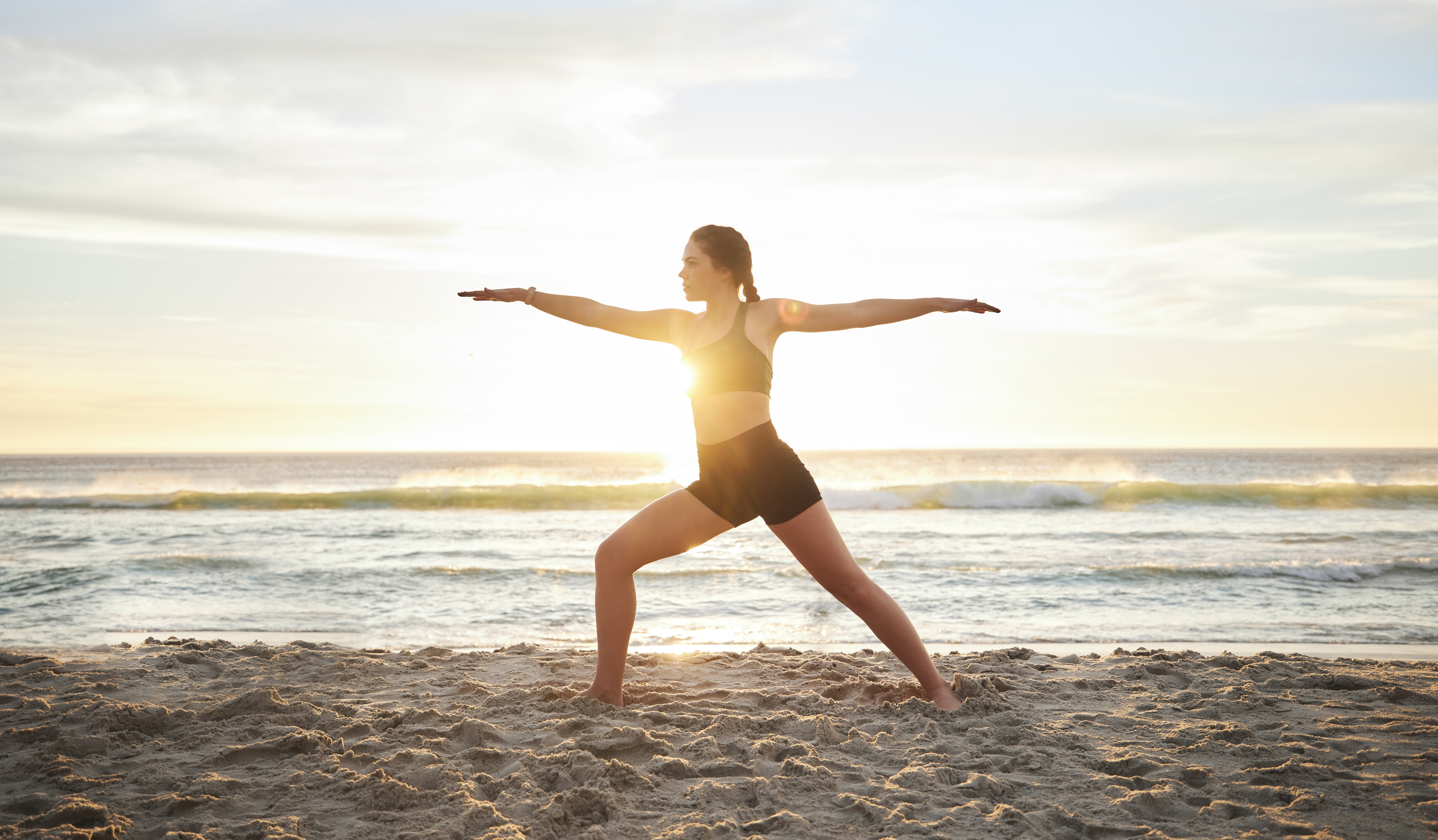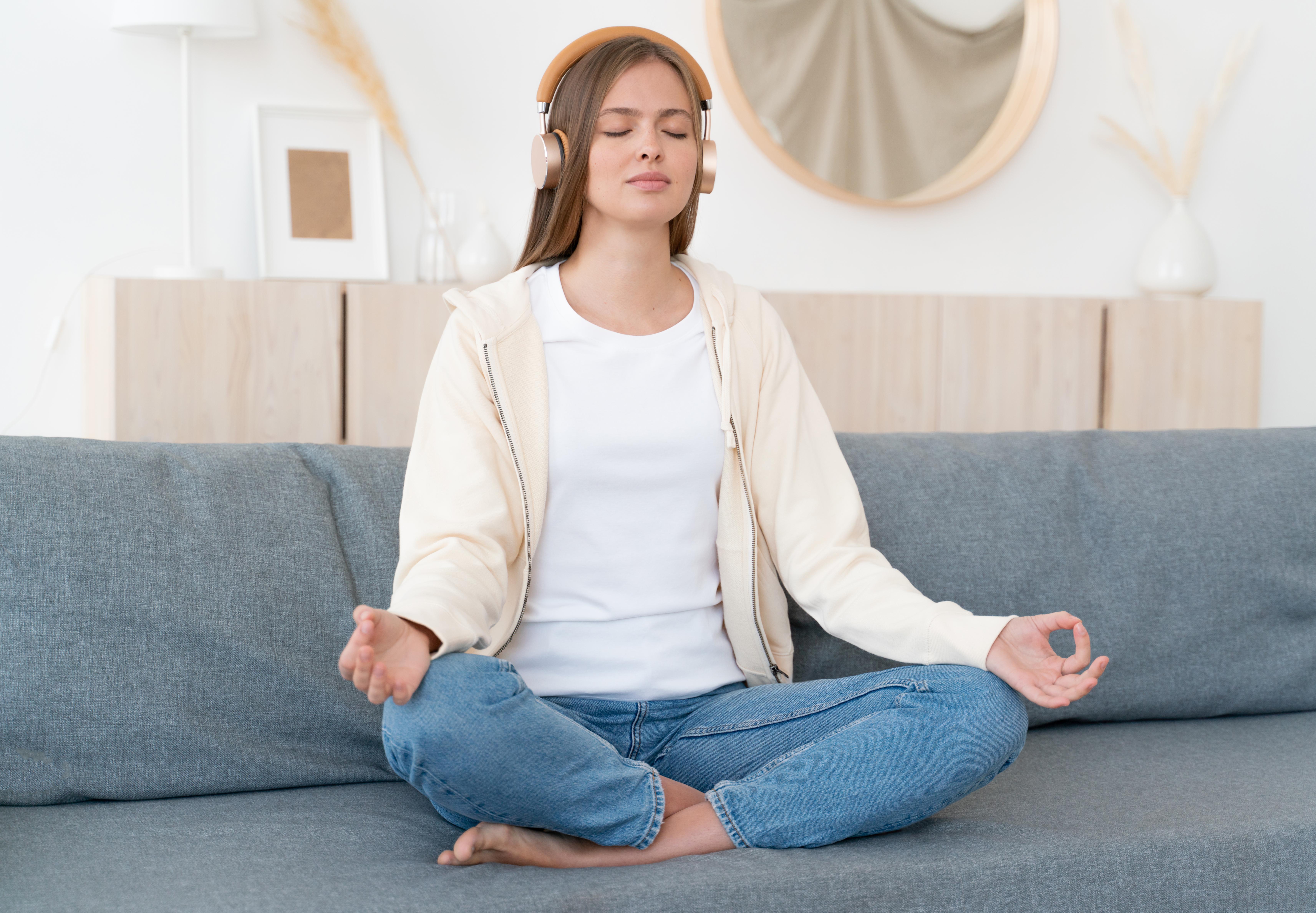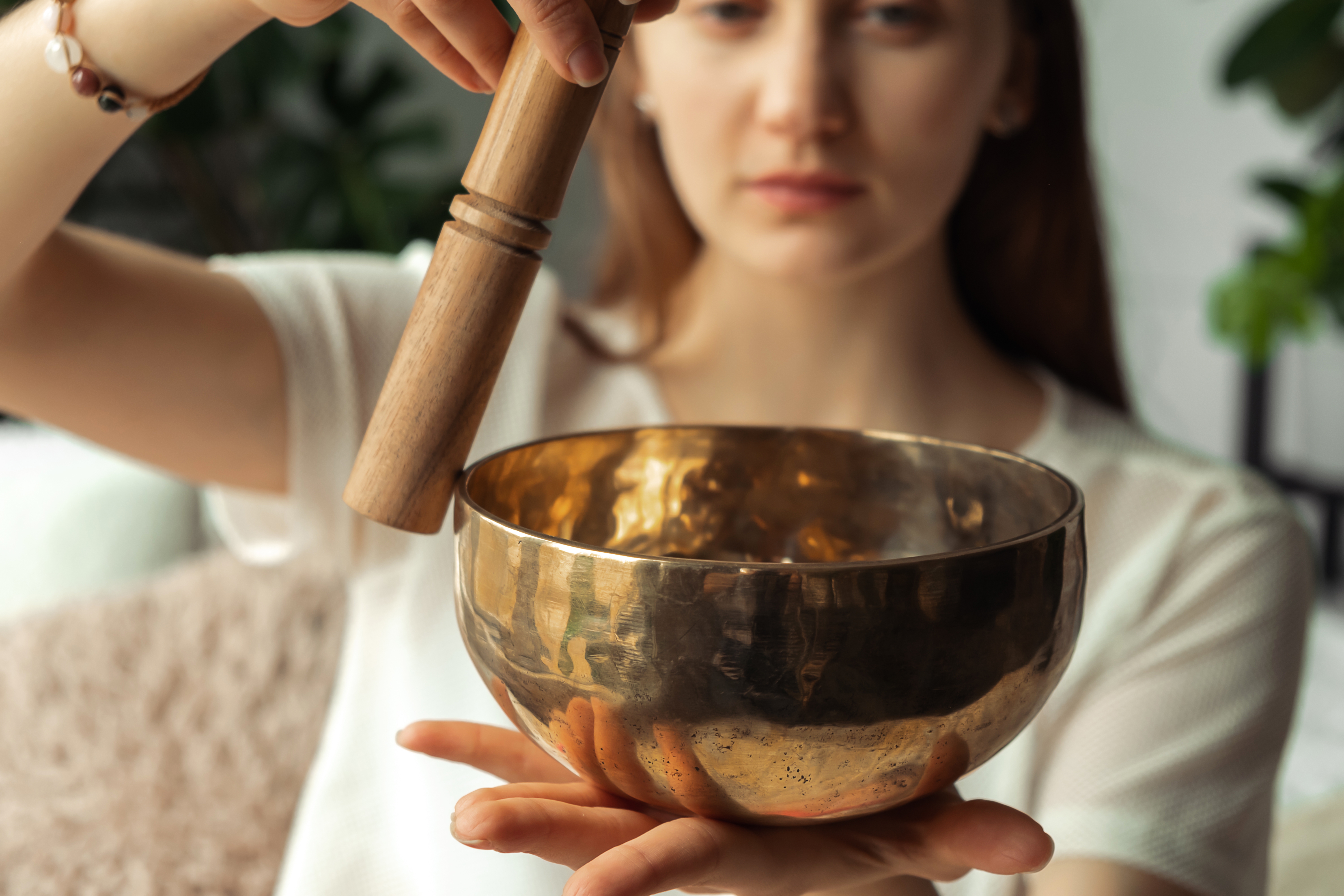10 Ways to Effortlessly Elevate Your Meditation Experience
Meditation, a practice rooted in ancient traditions, has become a cornerstone of modern wellness. Its ability to reduce stress, enhance focus, and promote emotional health is well-documented. However, many individuals find themselves struggling to maintain a consistent practice or to deepen their meditation experience. This article explores 10 innovative yet simple strategies to elevate your meditation practice effortlessly. Whether you are a beginner or a seasoned practitioner, these methods will help you unlock new dimensions of mindfulness and tranquility. We will delve into the importance of environment, the power of breath, and the role of technology, among other topics. By the end of this exploration, you will have a toolkit of techniques to enrich your meditation journey, making it more fulfilling and sustainable.
1. Creating the Perfect Environment

The environment in which you meditate plays a crucial role in the quality of your practice. A serene and dedicated space can significantly enhance your ability to concentrate and relax. Start by selecting a quiet corner in your home that is free from distractions. Consider the lighting; soft, natural light is ideal, but if that's not possible, a dim lamp can suffice. Incorporate elements that promote calmness, such as candles, plants, or a small water fountain. The ambiance should reflect peace and invite you to be present. Moreover, maintaining a clutter-free space is essential, as physical clutter often translates to mental clutter. Regularly tidy up and refresh the area to keep the energy positive and conducive to meditation.
2. Mastering the Breath

Breathing is the bridge between the body and mind, and mastering it can deepen your meditation experience. Begin by observing your natural breath without trying to change it. Notice the rhythm and depth of each inhalation and exhalation. Once you are comfortable with this awareness, gradually introduce techniques such as diaphragmatic breathing or alternate nostril breathing. These methods not only calm the nervous system but also enhance focus and clarity. Practicing breath control can lead to a profound state of relaxation, making it easier to enter deeper states of meditation. Remember, the goal is not to force the breath but to allow it to flow naturally and effortlessly.
3. Incorporating Mindful Movement

Incorporating mindful movement into your meditation routine can transform your practice. Techniques such as yoga, tai chi, or qigong combine physical movement with breath awareness, preparing the body and mind for stillness. These practices improve flexibility, balance, and circulation, creating a more receptive state for meditation. Start with a few gentle stretches or movements to release tension and promote relaxation. Pay attention to the sensations in your body, the flow of your breath, and the present moment. This integration of movement and mindfulness not only enhances physical well-being but also deepens mental focus, making your meditation experience more profound and enjoyable.
4. Utilizing Guided Meditations

Guided meditations are an excellent tool for both beginners and experienced practitioners. They provide structure and direction, helping you to focus and explore different aspects of meditation. With a wide range of topics available, from stress reduction to emotional healing, you can select sessions that align with your current needs and interests. Many apps and online platforms offer guided meditations led by experienced teachers, making it easy to access high-quality content. As you listen, allow the guidance to lead you into a state of deep relaxation and awareness. Over time, you may find that guided meditations enhance your ability to meditate independently, providing a foundation for a richer practice.
5. Embracing Technology

In today's digital age, technology can be a powerful ally in enhancing your meditation practice. Apps designed for meditation offer features such as timers, journals, and community support, making it easier to stay committed and track your progress. Some apps even offer biofeedback, using sensors to monitor your heart rate or brainwaves, providing real-time data on your meditation's effectiveness. Additionally, virtual reality and immersive soundscapes can create environments that promote deep relaxation and focus. While technology should not replace the core elements of meditation, it can complement and enhance your practice, providing new opportunities for growth and exploration.
6. Exploring Soundscapes

Sound plays a vital role in meditation, influencing the mind and body in profound ways. Incorporating soundscapes, such as nature sounds, binaural beats, or music specifically designed for meditation, can elevate your practice. These auditory elements help to mask background noise, promote relaxation, and facilitate deeper states of consciousness. Experiment with different types of soundscapes to find what resonates with you. Some may prefer the gentle rhythm of ocean waves, while others might find tranquility in the harmonic tones of Tibetan singing bowls. By integrating sound into your meditation, you create a multisensory experience that can enhance focus and deepen your connection to the present moment.
7. Practicing Loving-Kindness Meditation

Loving-kindness meditation, or Metta, is a practice that cultivates compassion and empathy towards oneself and others. This form of meditation involves silently repeating phrases that express goodwill, such as "May I be happy, may I be healthy, may I be at peace." Gradually, you extend these wishes to loved ones, acquaintances, and even those with whom you have difficulties. This practice not only fosters emotional well-being but also enhances your overall meditation experience. By cultivating a sense of connection and compassion, you create a positive mental state that supports mindfulness and reduces stress. Incorporating loving-kindness meditation into your routine can lead to a more balanced and fulfilling practice.
8. Setting Intentions

Setting intentions before you meditate can provide clarity and purpose to your practice. An intention is a guiding principle that reflects your values and aspirations, helping to focus your mind and align your actions with your goals. Before each session, take a moment to reflect on what you hope to achieve or explore during your meditation. It could be cultivating patience, releasing stress, or simply being present. By setting an intention, you create a framework that supports mindfulness and enhances your ability to stay focused. Over time, this practice can lead to greater self-awareness and personal growth, enriching your meditation experience.
9. Practicing Gratitude

Gratitude is a powerful emotion that can transform your meditation practice. By focusing on the positive aspects of your life, you cultivate a mindset of abundance and contentment. Begin your meditation by reflecting on the things you are grateful for, whether it's the support of loved ones, the beauty of nature, or personal achievements. This practice shifts your focus from what is lacking to what is present, promoting a sense of fulfillment and joy. Gratitude not only enhances emotional well-being but also deepens your connection to the present moment, making your meditation experience more meaningful and rewarding.
10. Journaling After Meditation

One powerful yet often overlooked way to deepen your meditation practice is through journaling immediately after your session. This reflective habit allows you to capture insights, emotions, or sensations that arose during meditation—turning fleeting moments of awareness into lasting self-discovery. You don’t need to write an essay; a few sentences about how you felt, what thoughts surfaced, or what your intention revealed can solidify the benefits of your practice. Journaling also helps identify patterns over time, such as recurring thoughts or emotional themes, giving you a clearer picture of your inner world. Some practitioners use this time to track their meditation duration, posture, or mood before and after, which can be especially motivating for beginners. Others simply write a gratitude note or reaffirm their intention. Over time, your meditation journal becomes a meaningful archive of growth and transformation. By giving yourself a few extra minutes to write, you extend the mindfulness of your practice into the rest of your day.
The Journey of Meditation

Meditation is a journey, not a destination, and each practice is an opportunity to explore new depths of awareness and peace. By incorporating these 10 strategies, you can effortlessly elevate your meditation experience, making it more enriching and sustainable. From creating a serene environment to embracing technology, each method offers unique benefits that can transform your practice. Remember, the key to successful meditation is consistency and openness to exploration. As you integrate these techniques into your routine, you will discover new layers of mindfulness and tranquility, enhancing not only your meditation practice but your overall well-being.
